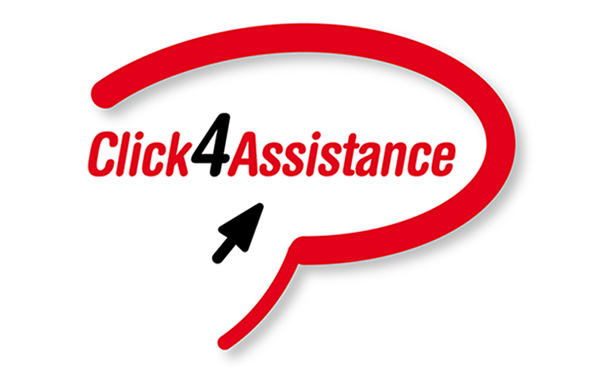How The Role of the Customer Service Agent is Evolving with the Rise of Website Chat Software

Since the digital revolution, the role of customer service agents has become increasingly internet-oriented, which has reflected the growing popularity of e-mailing as a faster, more convenient alternative to making a phone call.
Here, we look at how the role of today's customer service agents has changed thanks to the rise of website chat software.
A quicker way to interact with customers
Live chatting technology has become one of the most effective modes of customer connection in recent years and serves one main purpose: to give customers the answers they need as quickly as possible, saving them the hassle of having to wait for a response from a company via e-mail.
Many businesses have also been quick to recognise the economic benefits of website chat software compared to communicating via telephone. Firstly, it is relatively inexpensive to set up; once you have achieved an increase in conversions, you can earn back the initial cost of your investment in practically no time at all.
Giving people the answers they want, exactly when they want them
Data from the market research firm Econsultancy has found that almost 80 percent of website visitors who use live chat said they used this type of communication so that their questions could be answered more quickly, while almost half considered it to be the most efficient mode of communication. A recent survey from the E-Tailing Group also revealed that one fifth of people who shop online said they preferred live chat over other methods of communication.
Cater to an increasingly 'impatient' consumer generation
The simple truth is that people now want faster, easier access to information than ever before. Website chat software responds to this trend by giving today's generation of online shoppers’ immediate answers without the need to dial a phone number or construct an e-mail message.
Know your market
To stand out against your competition, you need to understand your customers, who they are and, crucially, where they are coming from.
For example, if you find that there are a significant number of native-Italian speakers visiting your website, it would be useful to offer an Italian version of your website. Many other small businesses still don't do this, leaving non-native English speaking website visitors with no option but to translate the content using Google's automatic translation services, which are often widely inaccurate. Our website chat software uses geo coding to display where each visitor is logging on from, which helps businesses identify their key demographics by location. This is extremely handy for companies that receive a lot of interest from overseas.
Our website chat software now also allows you to combat the language barrier thanks to our new multi-lingual application - bi-lingual staff can communicate using Unicode, a format of text which allows the agent to use most world characters and scripts, including those from the Cyrillic alphabet.
Correct any 'imperfections' on your website
Whether it's a broken link that you are unaware of or a lack of information regarding a specific product, live chat software gives your customers an instant platform from which to voice any problems they are facing with your website, thereby enabling you to quickly resolve the issue efficiently and improve the customer experience of your website.
Develop a loyal customer base
The quicker you answer your customers' questions, the more time they will have to purchase other products or services. Therefore the better their website experience, the greater the likelihood of them visiting your website again.
Don't forget – you need to be constantly on hand to respond to any queries
Where possible, you must always ensure that someone in your team is on hand to communicate with your customers via your live chat platform - and this will often need to include weekends and evenings. If a customer is unable to communicate with anyone on your live chat at a time that suits them, they may decide to leave your website and look elsewhere. Alternatively, you can implement a data capture form to capture the consumers’ details, then contact them when you or a member of staff is back in the office, or you could even add a Call Back button to your site so that potential customers can request a phone call whenever you become available again.























